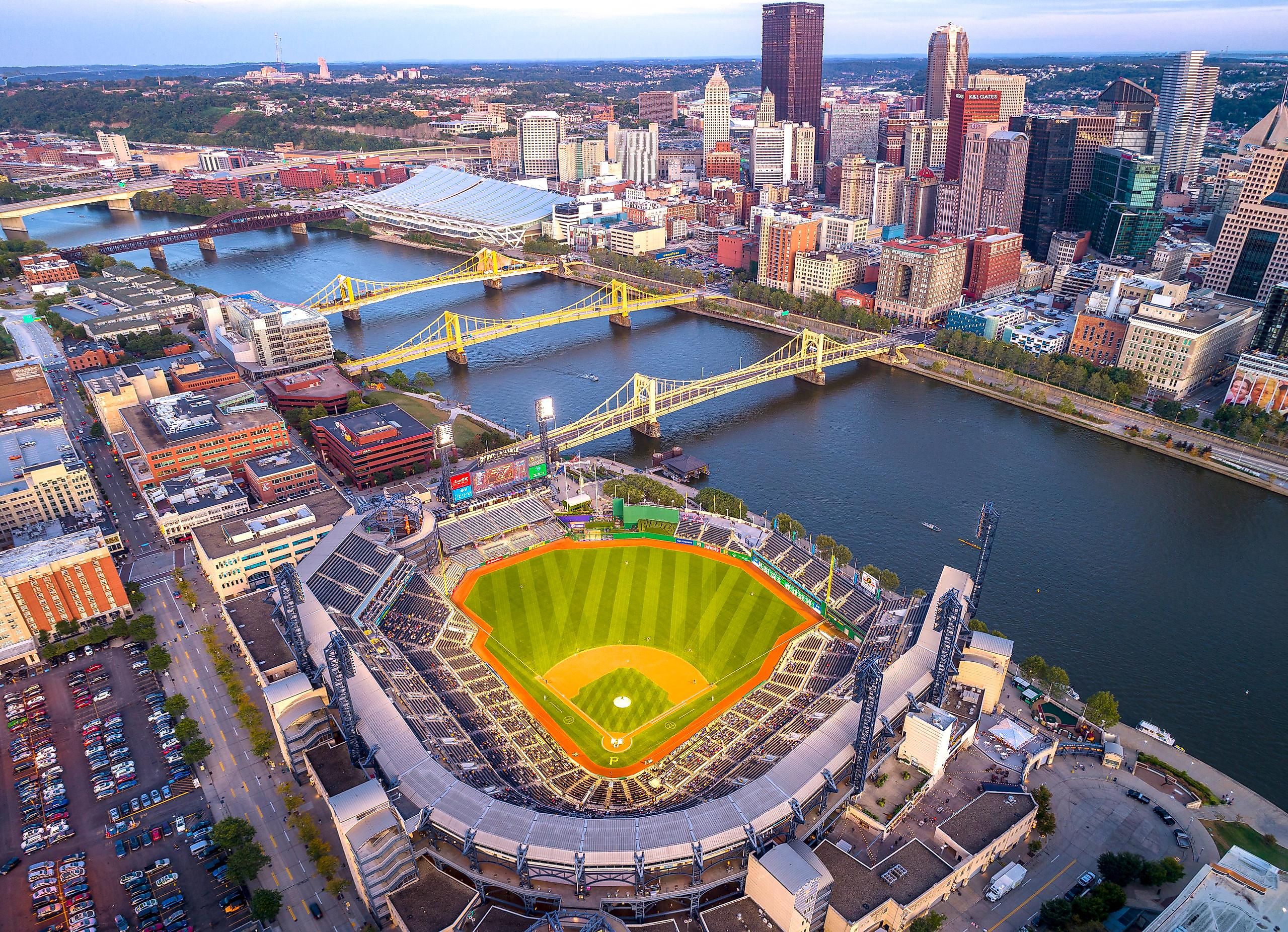
Allegheny River
Rivers have influenced civilizations since the dawn of time. For instance, without the 4,130-mile-long Nile River, perhaps the Egyptian Civilisation, with its celebrated pyramids, would not have arisen. In the United States, few rivers have shaped the country's history as the Allegheny River, the third longest river in Pennsylvania. This 321 miles long river is one of the country's national wild and scenic rivers, flowing through Pennsylvania and New York.
The Course Of The Allegheny River
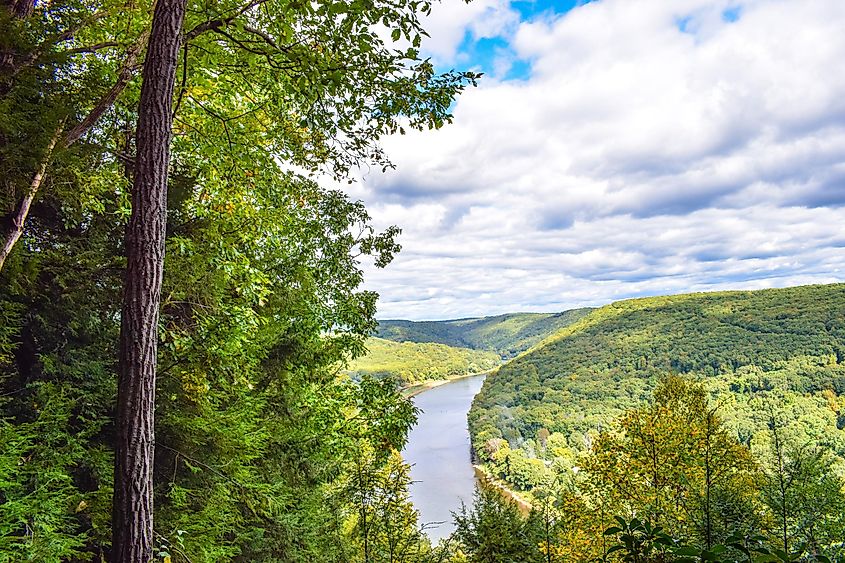
Allegheny River starts its bubbly race in Potter County of Pennsylvania, a state reputed as America's cradle of liberty. Named for James Potter, a general in the American Revolution, Potter County is in northern Pennsylvania, a mountainous region craggily sprawled out on a plateau that shares the same name with the river: the Allegheny Plateau. The river immediately embarks on a northward journey for eighty meandering miles before arriving in the Empire State, where the Allegheny reservoir, the 7,647-acre marvel that straddles the border between Pennsylvania and New York, is formed. From here, the river rushes southwards in a quick escape from New York as if displeased with its brief visit.
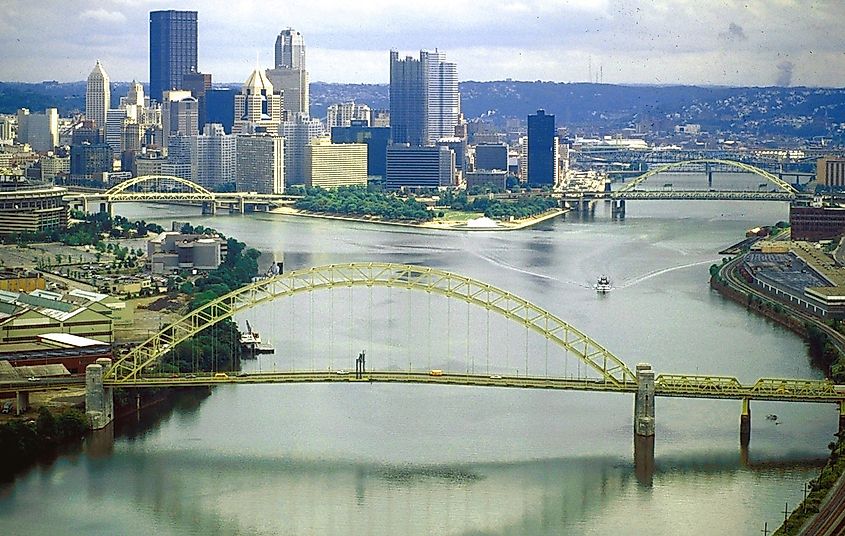
Turning southwest, Pennsylvania's third-longest river zigzags for 120 miles, a journey involving a southeast turn around Kennerdel in Rockland Township, another southwest turn around Templeton in Pine Township, before eventually joining the Monongahela River at Pittsburgh to form the largest river in the Keystone State: The Ohio River. By the time it pours its waters into "La Belle Riviere," as the French called the Ohio River, Allegheny Rivers has traveled a distance of about 321 miles, a distance that places it an impressive third in the state after the Susquehanna River and the Ohio River.
Role In America's Colonial History
While the Mississippi River, the second-longest river in the United States, is bigger than the Allegheny, it is too far to the west to have played an impactful role in the early history of the United States. And while the Hudson River and the Potomac were crucial, their influence never stretched to America's heartland. On the other hand, the Ohio River would be nothing without Allegheny feeding into it. Indeed, the Allegheny River may not be among the ten longest rivers in the United States, but its history is more intertwined with that of the United States than many of its celebrated peers.
After the Revolution, for instance, the Allegheny River would quickly emerge as the primary passage of adventuring immigrants heading to the Wild West. No wonder Pittsburg, where the Allegheny and Monongahela Rivers unite to form the Ohio River, would earn the title "Gateway to the West."
Formation
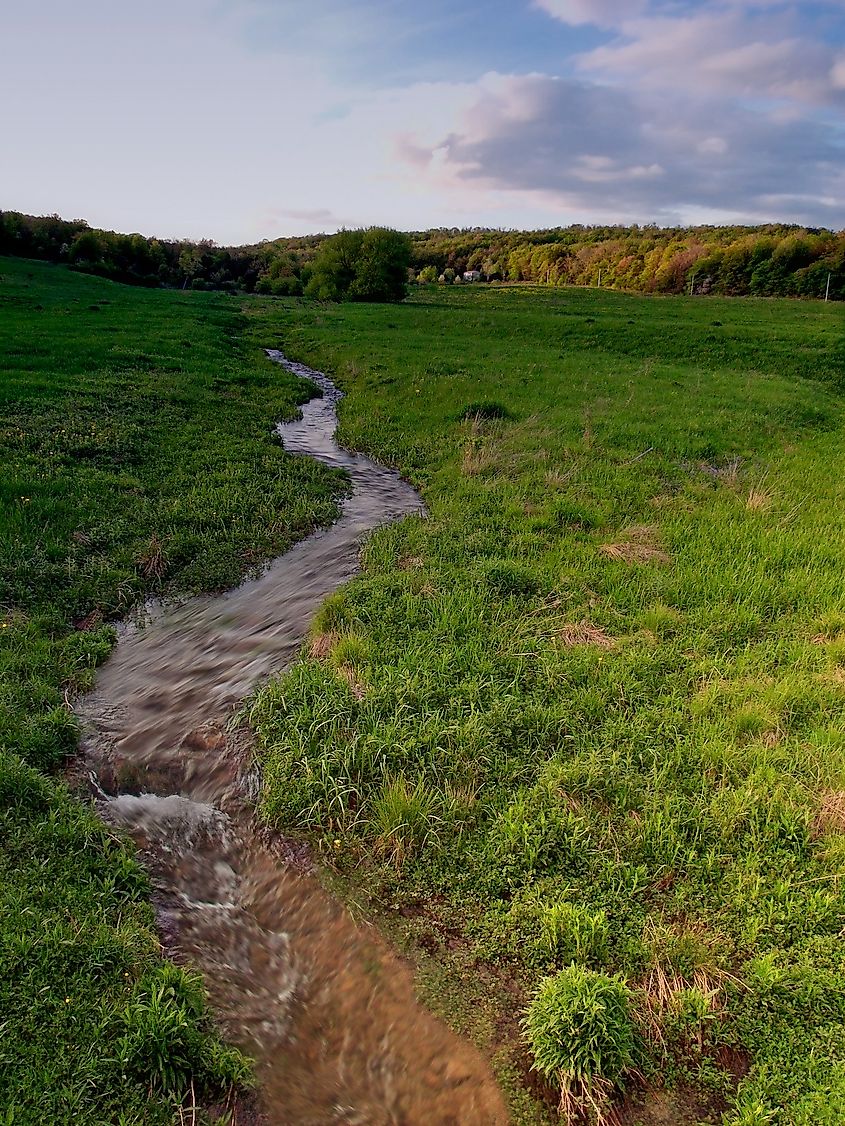
There's a belief that eons ago, there were three Alleghenys: The Lower Allegheny, the Middle Allegheny, and the Upper Allegheny. During that time, the Lower Allegheny flowed down to Monongahela as Allegheny does today. However, the Middle Allegheny flowed past French Creek and into Lake Erie. Upper Allegheny, on the other hand, which geologists believe constitutes what is today Allegheny's headwaters, flowed from eastern Warren County and meandered through New York before pouring its waters into the Lake Erie basin around Dunkirk.
Geologists believe that what brought the three Alleghenys together was the Ice Age that took place during the Illinoian Period between 350,000 and 550,000 years ago. Ostensibly, huge walls of ice up to a mile thick descended on the western sides of New York, blocked the northward flow of Lower Allegheny, and created huge lakes that would then press for outlets. The glaciers forced Lower Allegheny and Middle Allegheny to reverse course and join each other, while the Upper Allegheny would bend and join the Middle Allegheny near Salamanca, New York. According to geologists, the glacier theory explains the glacial sediments on the islands found throughout Allegheny.
Plant And Animal Life
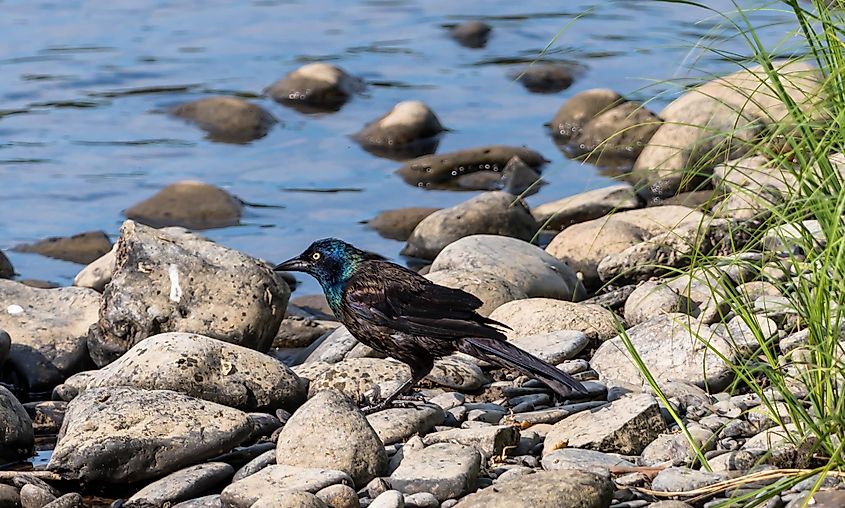
The Allegheny River is not just crucial because it contributes up to 60% of the Ohio River water flow but also because it is home to the most populous freshwater mussel habitat on the planet. Mussels are bivalved mollusks that live in freshwater. They play a critical role, mainly due to their reputation as among the finest water filters. Because freshwater mussels can filter out dangerous bacteria, including E. coli, their critical role in keeping water clean is a huge ecological consideration.
Then again, French Creek, one of Allegheny River's tributaries, is among the most biologically diverse watersheds in the state. For instance, the creek is home to four federally endangered freshwater mussel species in addition to more than 80 species of fish. Lastly, Erie National Wildlife Refuge and a number of Audubon Society Important Bird Areas constitute part of the French Creek watershed.
The Takeaway
While Allegheny River might not be among the longest rivers in the country, it is one of the most critical. Aside from having played a critical role in the country's political evolution, the Allegheny River is also an ecological gem. The mere fact it is home to the most populous freshwater mussel habitat on the planet makes it worth conserving. That is not to mention French Creek, one of Allegheny's tributaries reputed to be among the most biologically diverse in Pennsylvania.











